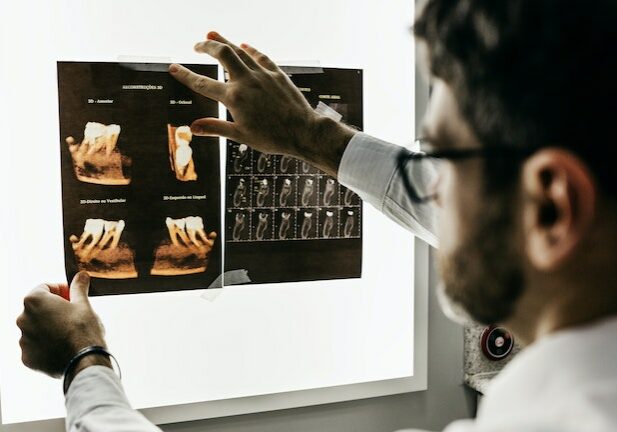Braid Mission
Blog
The Importance of a Medical Home

Yesterday I went to the dentist for the first time since moving to San Francisco.
It’s something that had been on my to-do list for awhile, but I hadn’t quite had the energy yet to ask for recommendations, research whether various practices had access to public transportation or took my insurance, and then schedule an appointment. Doing this type of sleuthing – for dentists, doctors, hair stylists, car mechanics, and other regular needs – has always been one of the hardest parts of moving for me. It reminds me that I’m still not quite settled in, that this place isn’t quite “home” yet. So I kept postponing the whole dentist thing.
But then one of my fillings fell out, and I had to find a dentist ASAP. It only took a few tries to find one a few train stops away from my apartment that took my insurance and could fit me in quickly, but getting a filling isn’t the ideal way to establish a relationship with a new dentist. He didn’t have a file for me, x-rays, or the bigger picture about my dental health. On my end, I had about three minutes to decide how much I trusted this stranger who was about to stick sharp implements into my mouth.
This experience gave me even greater appreciation for one of the many challenges foster children face. Foster children spend an average of three years in the system, though many spend much longer, and during that time they may move through dozens of placements. All the disruption I felt in moving to a new city as an adult is what a foster child experiences every time they’re moved, except that they don’t have loved ones making those moves with them.
Needless to say, this is hugely disruptive on an emotional level, and each move reawakens all the trauma a child experienced in being removed from their family home, and all the trauma they experienced before that. But this cycle has very serious physical and medical effects as well.
In this TED Talk by Dr. Nadine Burke-Harris, she shares how recent research on Adverse Childhood Experiences (ACEs) has transformed her work as a pediatrician. In the talk, she explains the dramatic effect ACEs (growing up in a household with a mentally ill parent, an alcoholic or otherwise addicted parent, experiencing or observing physical or sexual abuse, etc.) have on long-term health. Children who have experienced ACEs have exponentially higher rates of cancer, hepatitis, heart disease, and a much lower life expectancy.
Dr. Burke-Harris helped found the Center for Youth Wellness (CYW), which is about a mile from the neighborhoods where Braid is basing its ministry. In her TED Talk, she explains how the serious health risks for children with high ACE scores can be counteracted by establishing an ongoing and comprehensive treatment plan for each child of prevention, screening, and healing. Physicians refer to this as a “medical home.” If a child is treated somewhere like CYW that has the bigger picture of their life and their health, they have much higher chances of growing into health.
Thanks be to God, the wider medical community is starting to pay attention to what Dr. Burke-Harris has known for awhile. This week we went to a workshop about materials the American Academy of Pediatrics (AAP) has published to educate pediatricians about ACEs and the long-term effects of trauma. They even have a Trauma Toolkit that especially educates pediatricians in how to help foster and adoptive families.
After watching Dr. Burke-Harris’s TED Talk or reading the AAP trauma materials, you can understand why having consistent and comprehensive care is especially important for foster children. Unfortunately, it is difficult for a foster child to have an established “medical home” as they bounce between placements. Every trip to the doctor is like my dentist’s visit yesterday – it is starting all over every time, usually in response to an urgent need, without anyone having an eye on the bigger picture or an established relationship of trust. And so, a population that most needs dependable medical attention is the least likely to have access to the type of care that will help save their lives.



